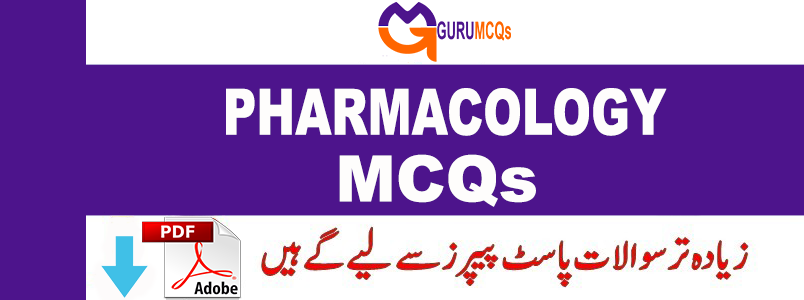
Pharmacology explores the interactions between drugs and biological systems, as well as the body’s responses to these drugs. This discipline covers a wide range of topics, including the origins, chemical properties, biological effects, and therapeutic uses of drugs. The impact of drugs can range from therapeutic benefits to potential toxicity, and is influenced by various factors. GuruMCQs.com provides an extensive array of pharmacology MCQs, continuously updated to encompass a wide range of topics. These MCQs span various areas such as neuropharmacology, psychopharmacology, toxicology, clinical pharmacology, molecular and cellular pharmacology, and more. Curated from reputable pharmacology references, these MCQs serve as valuable resources for interviews, entrance exams, competitive assessments, and certifications, catering to individuals at all stages of their careers. Additionally, explore MCQson Dental Materials for further study.
81. Intramuscular route is precluded during the medication of________________?
A. Anti-hypertensives
B. Anti-diabetics
C. Anticoagulants
D. Anti-fibrinolytics
82. Drug efficacy refers to_________________?
A. Range of disease in which the drug beneficial
B. Maximal intensity of response that can be produced by the drug
C. The therapeutic does range of the drug
D. The therapeutic index of the drug
83. All of the following statements regarding biovailability of a drug are true except______________?
A. It is the proportion (fraction) of unchanged drug that reaches the systemic circulation
B. Biovailability of an orally administered drug can be calculated by comparing the area under cure (o-a) after oral and intravenous (IV) administration
C. Low oral biovailability always and necessarily mean poor absorption
D. Biovailability can be determined from plasma concentration or urinary excretion data
84. Combination of ampicillin and gentamicin is an example of_____________?
A. Indifference
B. Synergy
C. Antagonism
D. Bacterial symbiosis
85. Which drugs had high first pass effect_____________?
A. Amiodarone
B. Phenytoin
C. Verapamil
D. Disorpyamide
86. Neuro adaptation to drug is same as______________?
A. Physical dependence
B. Psychological dependence
C. Addiction
D. Habituation
87. Idiosyncracy is known as to have_____________?
A. Genetic component
B. Psychological component
C. Psysiological component
D. Nutritional component
88. Zero order kinetics is seen with_______________?
A. Phenytoin
B. Phenabarbtion
C. Erythromycin
D. Digoxin
89. Drugs showing zero order kinetics of elimination_____________?
A. Are more common than first order kinetics
B. Decrease in concentration exponentially with time
C. Have a half – life independent of dose
D. Show a plot of drug concentration versus time that is linear
90. Therapeutic index is____________?
A. LD 100/Ed100
B. ED 100/LD 100
C. LD 50/ED500
D. ED50/LD50
